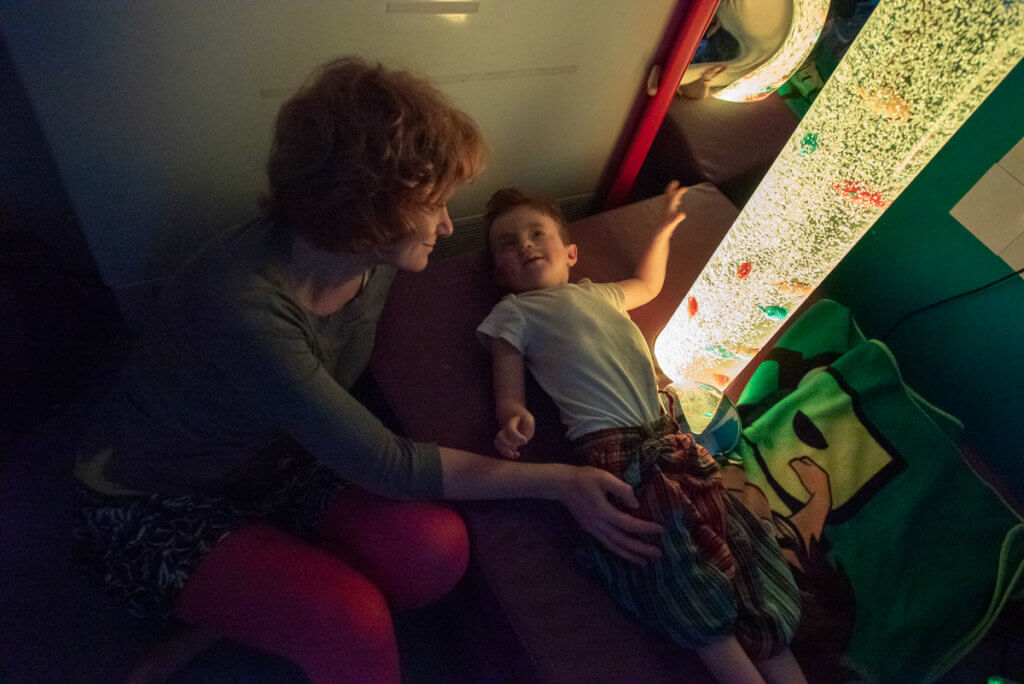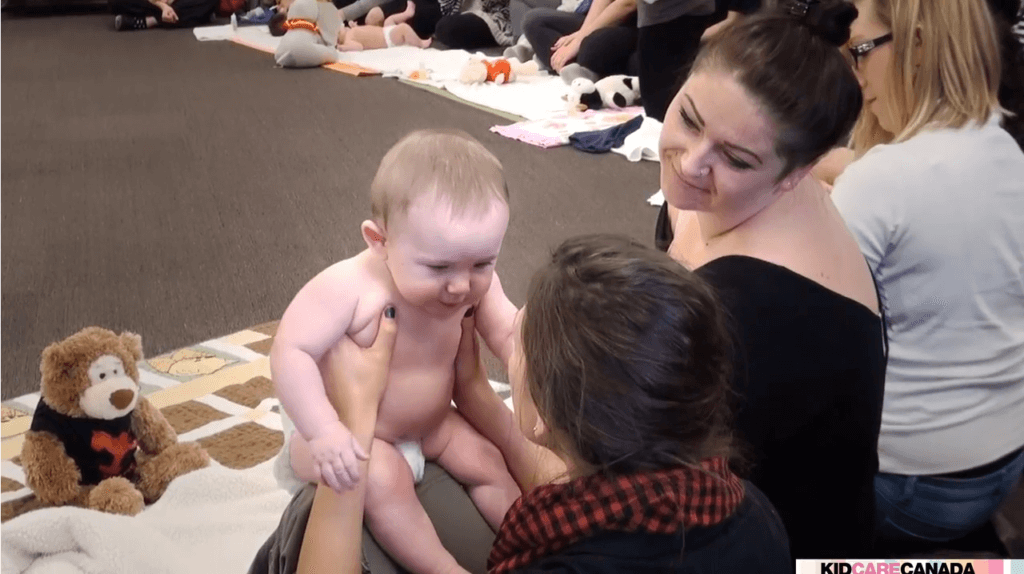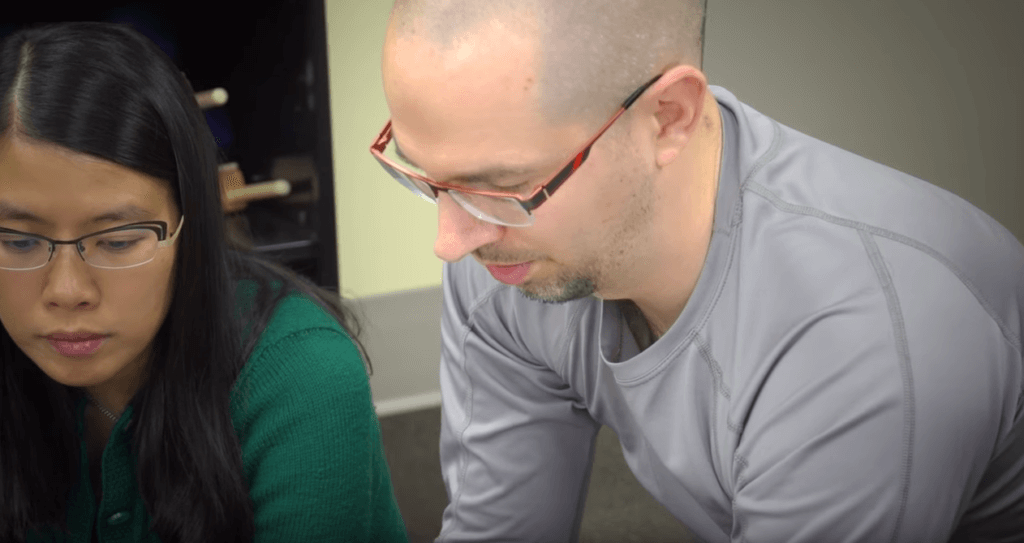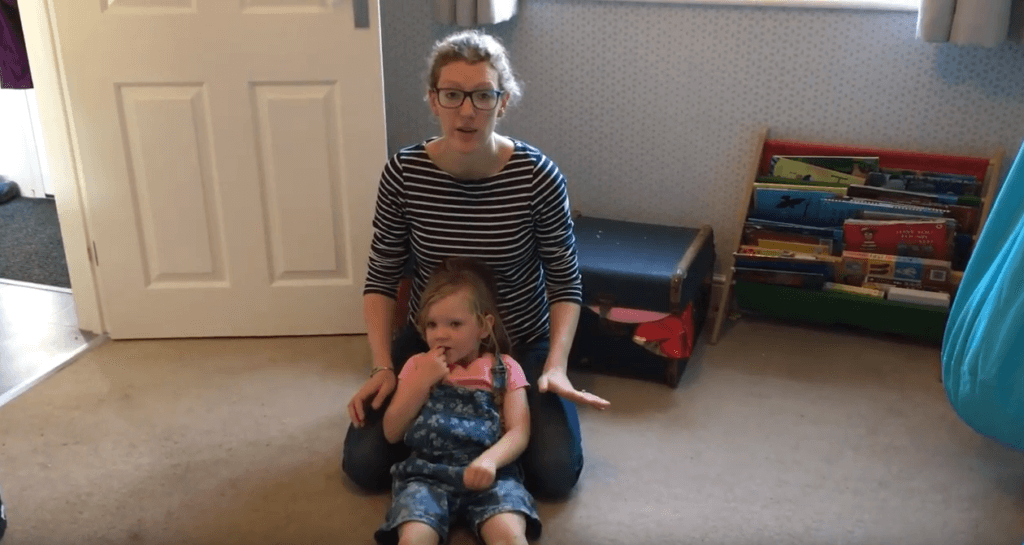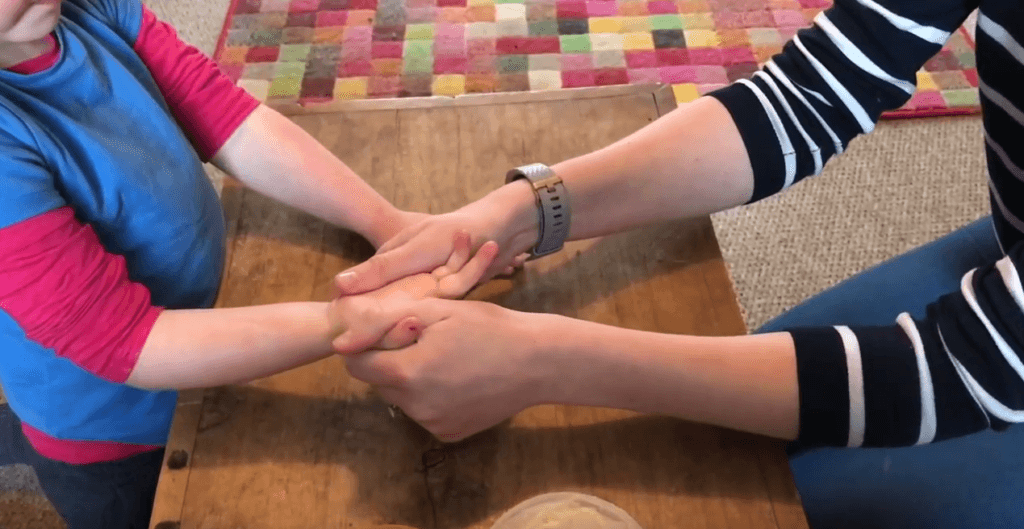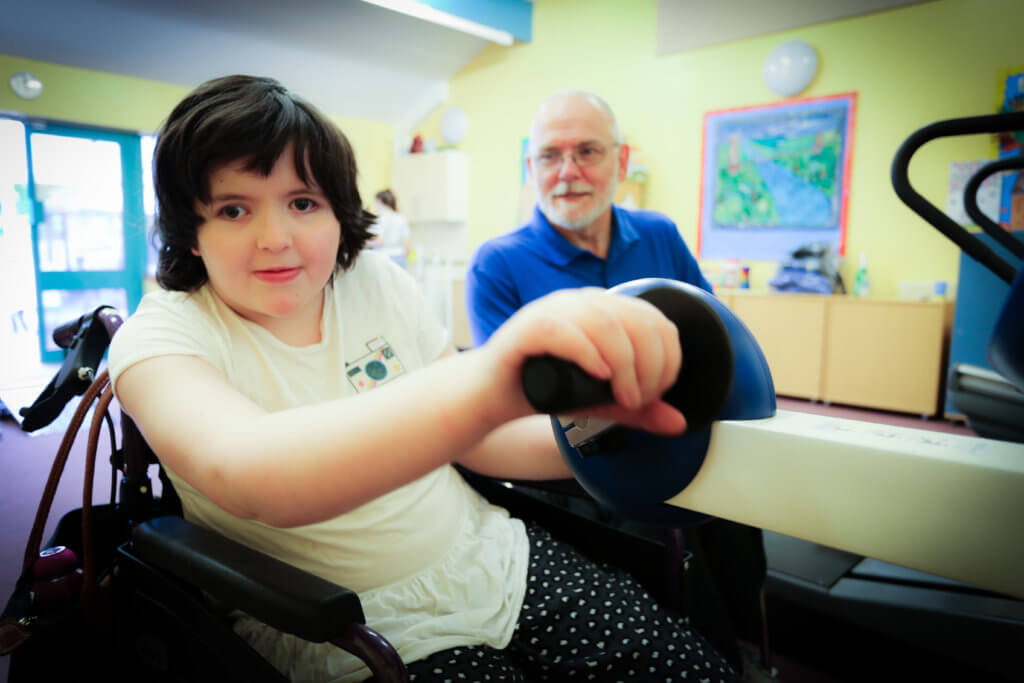Massage can be really helpful for children and young people with learning, behavioural and sensory difficulties.
The Benefits of Massage include:
Child/Caregiver Bonding
Massage offers a lovely opportunity for bonding. Gentle, relaxing touch is a great non-verbal way to communicate tenderness and care, and build the connection between child and caregiver. It promotes secure attachment, releases feel-good hormones and helps our child feel loved and cherished.
Wakes up bodies
For children who are not very sensitive (hyposensitive) to touch, massage can help wake up their bodies and muscles – improving coordination and movement skills as their body awareness grows.
Reduces Sensitivities
For children who are tactile defensive, massage (if tolerated) can help to desensitise the skin. Firm touch can be preferable to gentle, while oil can make massage more comfortable. If your child doesn’t like hands, you can try using other implements: brushes, rollers or vibration devices, for example. It is important to respect your child’s boundaries, so if they resist or are unhappy, stop the massage and try again another day.
Calming and Regulating
Massage helps regulate the nervous system. For children who are always on the go with lots of energy, massage can be calming, encourage stillness and help with concentration. An active child might not be able to remain still for an entire body massage, but even working on a single limb can be helpful.
Heightening Physical Awareness
Communication is really important. If your child can understand language, talk to them throughout the massage, telling them what you are doing. This is a great way to teach them about their bodies and help heighten their awareness of what they are feeling. Better body knowledge helps with movement and coordination, while the loving touch of massage can be helpful for self esteem.
How to massage your child
The idea of learning to massage can be daunting, but there is lots of great information out there to help us get started. We love these videos:
Baby Massage: An Introduction (KidCareCanada)
While this introductory video talks about children up to 6 months of age, the principles apply across the board – particularly if your child is not moving very much or struggles to reach gross motor milestones.
Baby Massage: A Playful and Upbeat Approach with Singing (KidCareCanada)
This video takes you through the whole-body massage with explanations of different techniques. As the masseuse explains, as your child gets older you may only get and arm or a leg in at a time but persevere as they will still get the benefits. If your child is older do feel free to pause the video to make sure you have time to cover the whole body in your massage-going slowly is more beneficial than rushing to keep up. You can also use more age appropriate songs as they get older.
Simple Massage for Children – Occupational Therapy with TherapySPOT (Therapy SPOT)
This is a simple video showing some calming massage techniques for children who are over-stimulated/ over-excited. This can be lovely before bed or when they need to concentrate.
Hand Massage (Therapy SPOT)
This video demonstrates hand and lower arm massage techniques. This can be lovely with children with tight hands or with floppy hands. If hands are tight, be careful to stretch slowly as you massage and keep looking in your child’s face to make sure you aren’t causing any discomfort.


